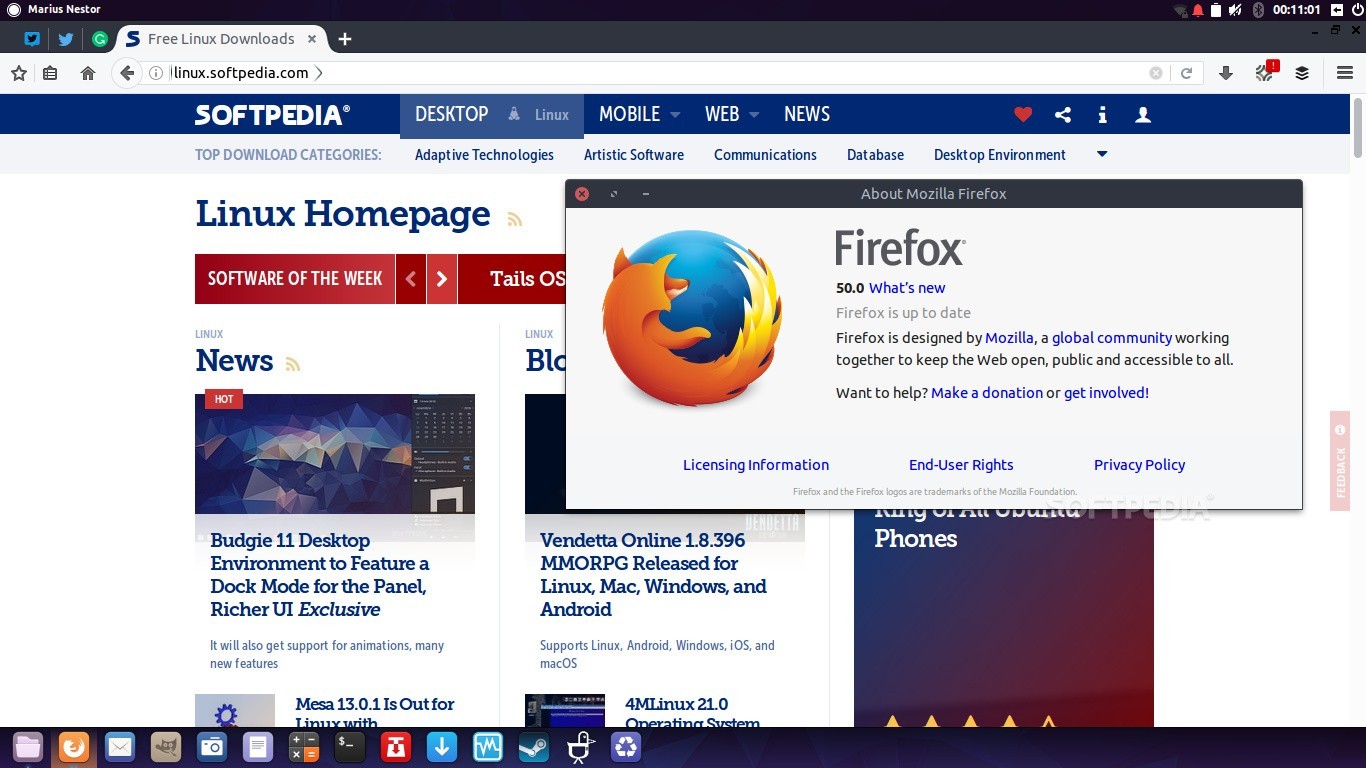

Next off, and this is a huge concern in general to any Tor network user, an attacker must have control of a TOR exit node. Whoever Controls the Exit Node, Controls the Traffic Flow As with any software, there are vulnerabilities in the TOR browser as well this informative video provides various examples of ways identifiable information can be leaked. There are many other considerations that are beyond the scope of this post.

Specifically, the first section “Setting the Stage” covers this a bit more. You can refer to a previous post about my experiences accessing the dark web and how I did so in a safe manner. Extending that, follow best practices when using this network but even more important, be ethical. Unless you’re very familiar with the intricacies of security, privacy, and network traffic, never access the Tor network without the Tor browser. Here’s some good reading about censuring the use of browsers apart from the Tor browser.

A potential victim would not be using the recommended Tor browser, which is highly ill-advised. Standard Web Browser, not the Tor Browserįor starters, the vulnerability calls for using a standard web browser (e.g., Firefox, Chrome) and proxying into the Tor network via the SOCKS5 protocol. I want to look at each of these conditions independently and review them. Use a standard web browser, not the Tor browser.The Specific Environmental Requirements and DiscussionĪt a very high level, these are the different conditions required to obtain one’s IP address through a Tor network channel: It’s also a great example on how threat actors can conduct nefarious actions using multi-staged attacks. Despite the inclusion of “Tor” in the headline, this threat expands past just using the Tor network. There are environmental conditions that must be satisfied, however. This is a huge privacy issue Tor was built with privacy in mind. Piotr Duszyński, a security consultant, recently revealed a method that could disclose a visitor’s real IP address despite traversing through the TOR network.


 0 kommentar(er)
0 kommentar(er)
